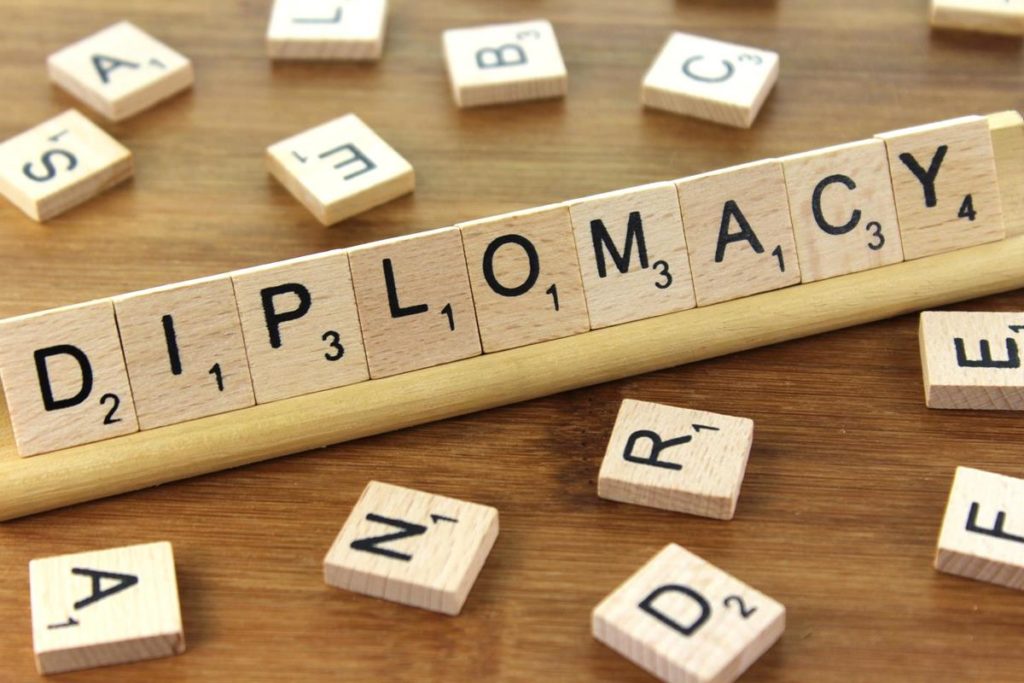The diplomatic high table and Russian see-saw

After Russia’s President Vladimir Putin met France’s President Emmanuel Macron (on February 7), all the talk was of the 13-feet long table that separated the two men. Mr Macron had arrived in Moscow to have an in-person chat with Mr Putin about the Ukraine crisis, but observers couldn’t help noting he might have had to use a loud-hailer.
Stark images emerged of the two men sitting at opposite ends of an immensely long table. It was a white table – neither particularly ugly nor attractive. The only thing impressive about that table was its length. It put tremendous distance between the two presidents. And it seemed to symbolise the mental distance between Mr Putin’s position and that of France, much of Europe and all of Nato.
Pundits mused that Mr Putin might have been cleverly sending Mr Macron, France, Europe, Nato and the United States, a message – not a diplomatic one, but a rude, two-fingers-up show of daredevilry.
Later, reports from Paris suggested Mr Putin had been concerned about his health and asked Mr Macron to take a Russian Covid-19 test, something the French president refused. Accordingly, Mr Putin kept his visitor at a safe distance from him.
Whatever it was, it’s true that throughout history, disparate ways have been employed to send a diplomatic message.
Tomorrow: The games diplomats play

